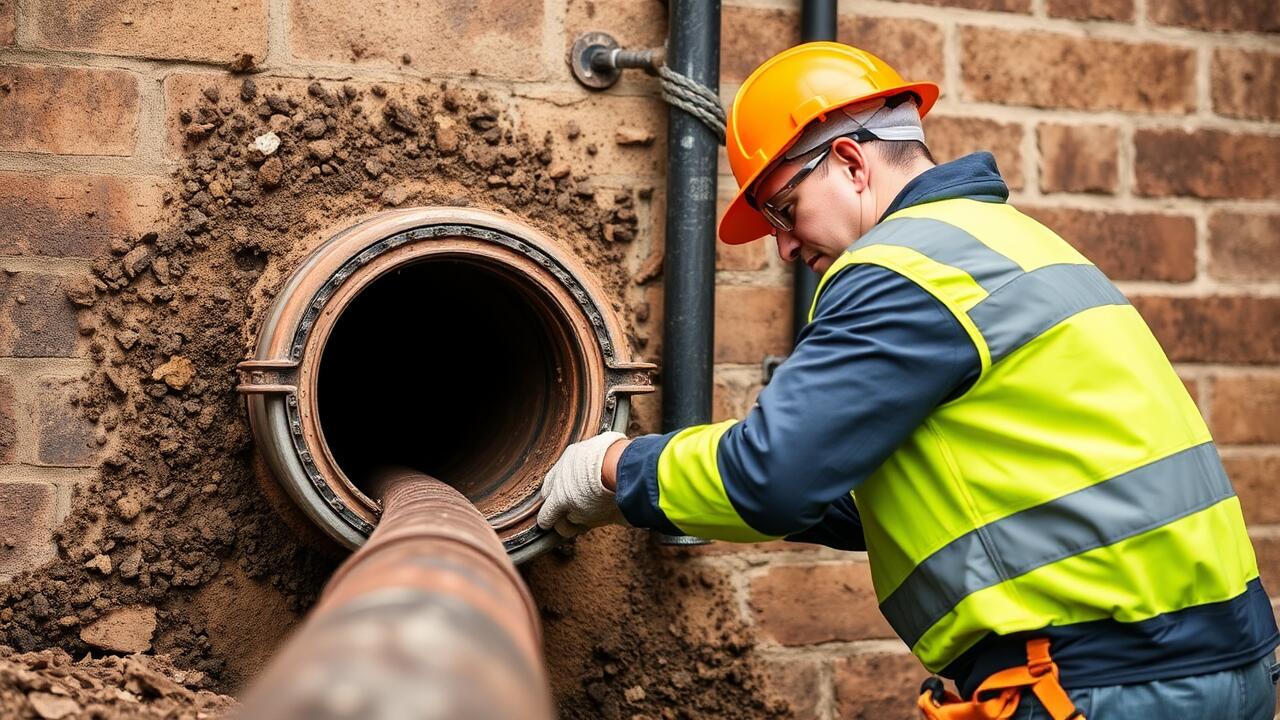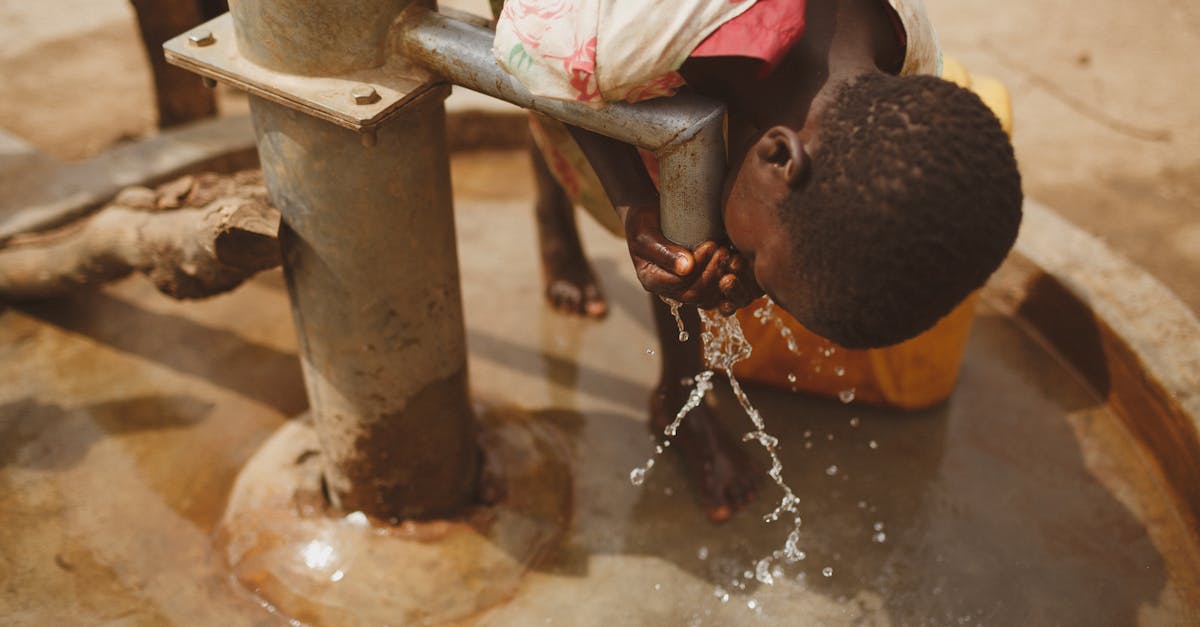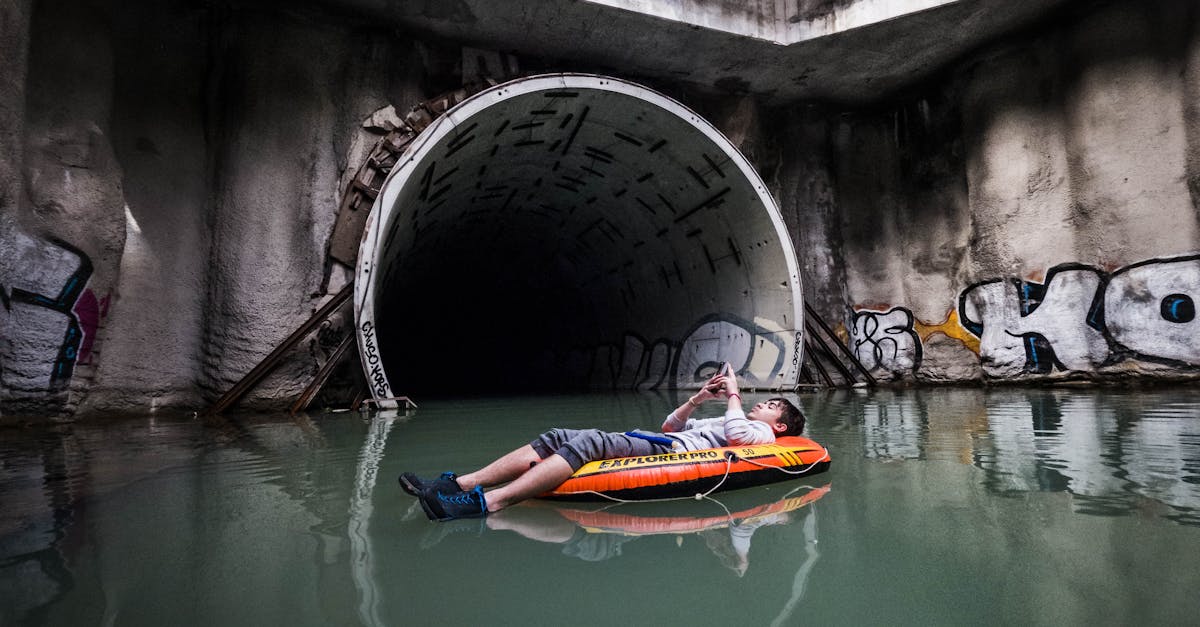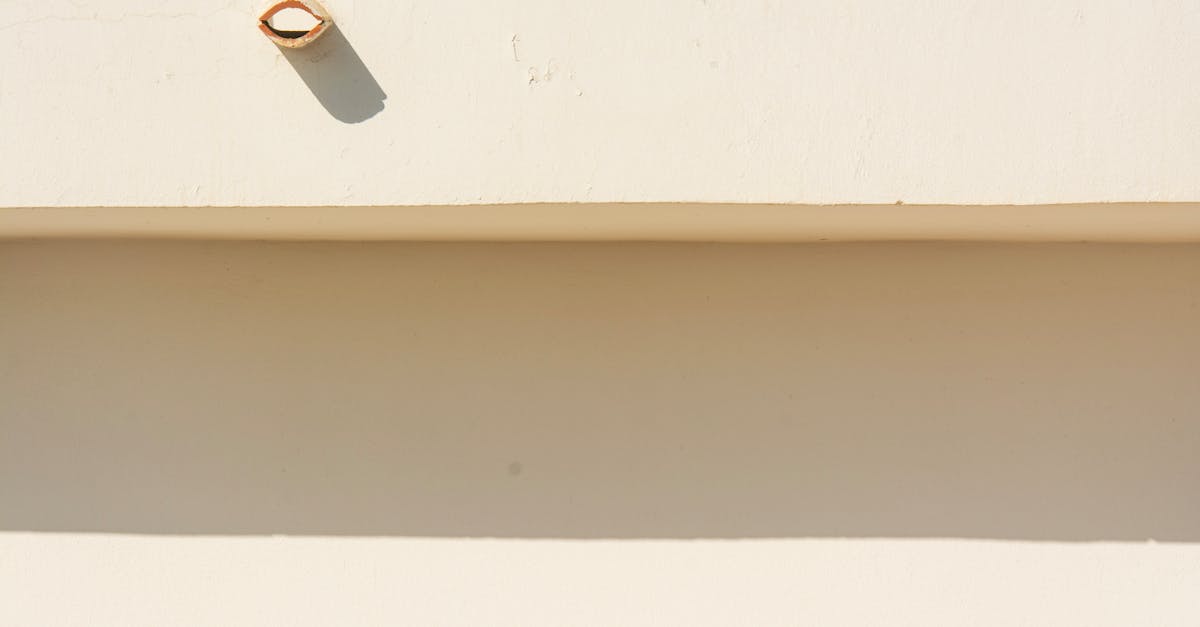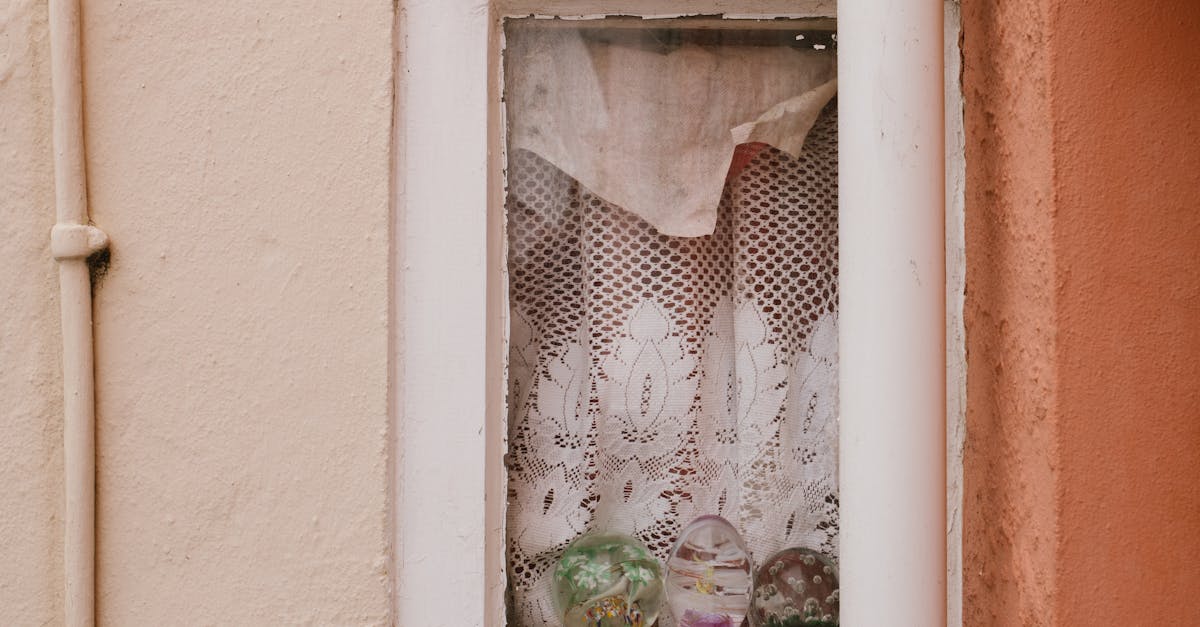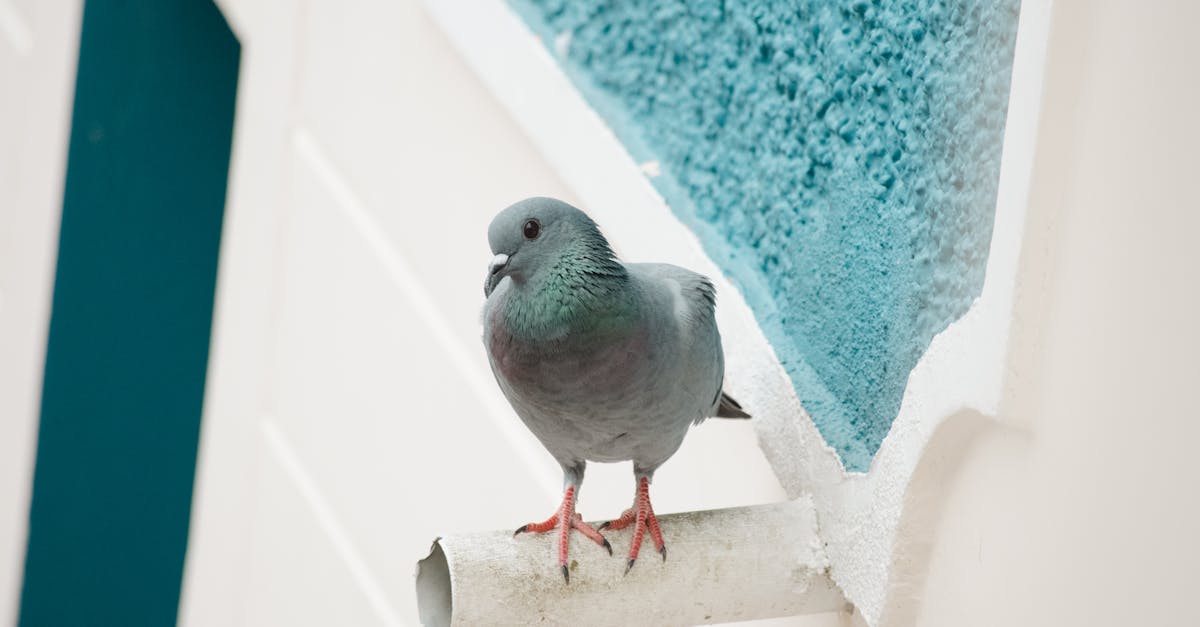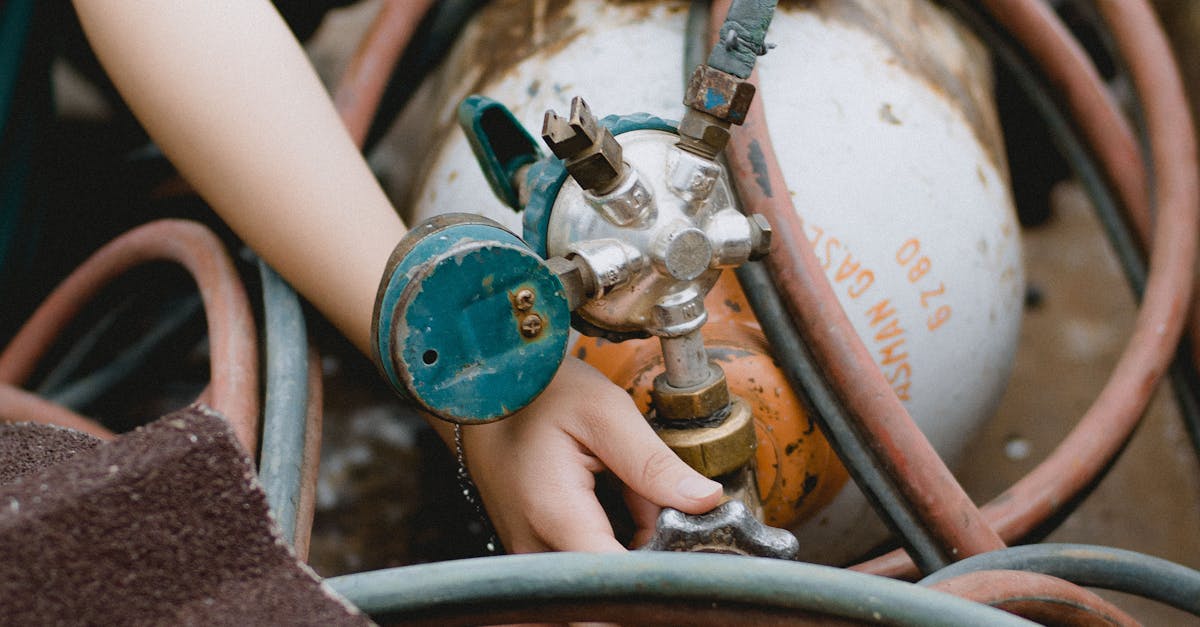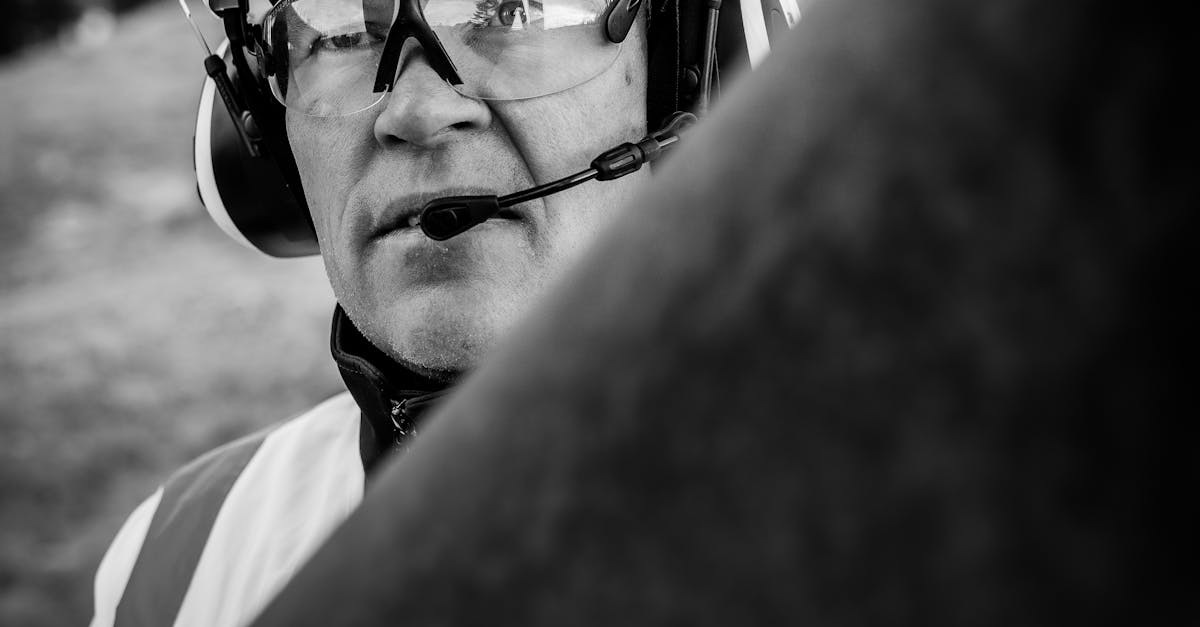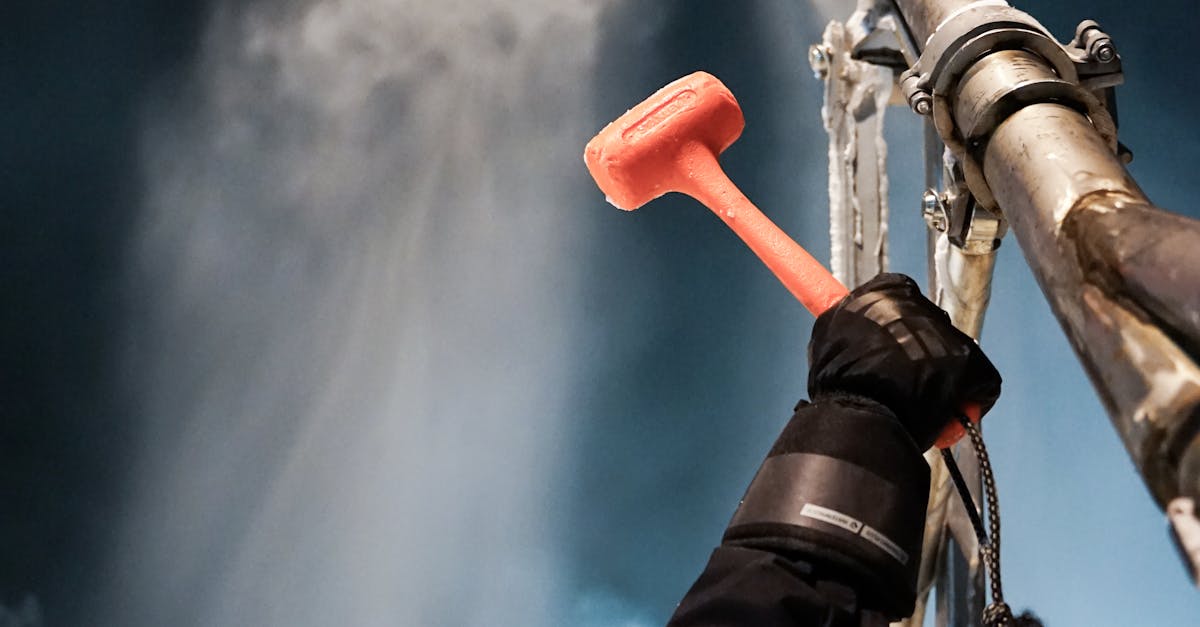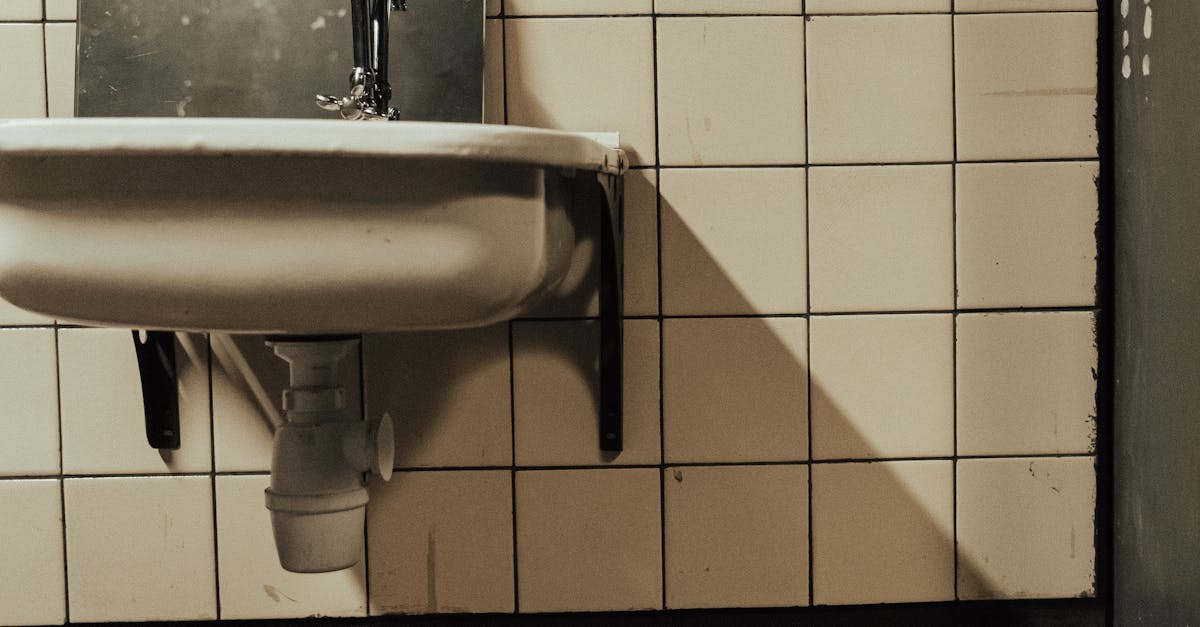
Table Of Contents
Comparing Relining to Traditional Methods
Pipe relining offers a modern alternative to traditional methods of pipe repair. Unlike excavation, which can be disruptive and time-consuming, relining involves inserting a new liner into the existing pipe. This method not only saves on labour costs but also reduces the environmental impact associated with digging up gardens, driveways, or roadways. The process is generally quicker, allowing property owners to avoid the hassles that come with a lengthy repair job.
Traditional methods often require complete replacement of damaged pipes, leading to significant interruptions in daily activities. In contrast, pipe relining can extend the lifespan of existing infrastructure without the need for extensive digging. This results in less mess and minimises the risk of damage to surrounding structures. Overall, many homeowners are recognising the benefits of relining as a more efficient, cost-effective solution for maintaining their plumbing systems.
Advantages Over Replacement
Pipe relining offers several benefits compared to the traditional approach of replacing sewer pipes. One significant advantage is the minimisation of disruption to your property. The process typically requires less excavation, meaning that gardens, driveways, and other structures remain largely intact. This aspect not only saves you time and hassle but also reduces the overall cost associated with restoring your landscape after repairs.
Another appealing feature of pipe relining is its durability. The new liner forms a seamless, jointless pipe within the existing infrastructure, which can significantly reduce the risk of leaks and reinfiltration. This increased resilience often translates to a longer lifespan for the sewer system, making pipe relining a more cost-effective solution in the long run. Property owners appreciate the peace of mind that comes with a reliable and robust sewer system.
Signs That Your Pipes Need Relining
Homeowners should remain vigilant for signs indicating that pipe relining may be necessary. Gurgling sounds from drains can signal a blockage, while slow drainage in sinks, bathtubs, or toilets often suggests underlying pipe issues. Persistent foul odours emanating from the plumbing system can also indicate leaks or breaks in the pipes, which could benefit from pipe relining. Water stains appearing on walls or ceilings are another critical warning sign, pointing to potential water damage caused by faulty sewer lines.
Moreover, frequent backups or overflows in your plumbing system are clear indicators of trouble. If you notice any of these symptoms, it’s essential to act quickly to prevent further damage. Consulting with a plumbing professional can help determine whether pipe relining is the suitable solution. Ignoring these signs can lead to more severe problems, ultimately affecting both the integrity of the plumbing and the overall comfort of the home.
What to Look Out For
Homeowners should be vigilant for several signs that indicate the need for pipe relining. Frequent blockages can suggest that the pipes are damaged or experiencing significant wear. Unpleasant odours emanating from drains or a noticeable decrease in water flow may also signal underlying issues. These symptoms often indicate that various factors, such as tree root intrusion or pipe corrosion, could be affecting the integrity of your sewer system.
Another critical sign to watch for is damp patches or mould appearing on walls or ceilings. This can point to leaks within the plumbing system, which may necessitate pipe relining to prevent further damage. Additionally, unexpected increases in water bills can indicate a hidden leak. Addressing these signs promptly can save homeowners from more extensive and costly repairs in the future.
The Role of CCTV in Inspection
CCTV technology plays a pivotal role in the inspection of sewer pipes prior to engaging in pipe relining. This method allows professionals to visually assess the condition of the pipes without the need for extensive excavation. By inserting a small camera into the sewer system, they can detect issues such as cracks, blockages, and corrosion. The detailed footage provides crucial information for determining whether relining is a suitable solution and helps in crafting a targeted approach to repairs.
The utilisation of CCTV also aids in planning the relining process itself. Identifying the exact location and extent of damage means contractors can accurately prepare for the relining procedure, ensuring that resources are used efficiently. This technology not only helps in preventing unnecessary digging but also reduces the overall disruption to the property and surrounding environment. As a result, the integration of CCTV in sewer inspections proves to be invaluable for effective pipe relining services.
How Technology Aids the Process
CCTV technology plays a critical role in the process of pipe relining. Professionals use cameras to inspect the interior of the pipes, identifying blockages, cracks, or signs of deterioration without the need for extensive excavation. This method ensures that technicians can accurately assess the condition of the pipes, leading to more effective relining solutions tailored to the specific damage observed.
In addition to CCTV, advancements in materials and methods have made pipe relining more efficient. Modern materials used in the relining process offer greater durability and flexibility. This innovation not only improves the longevity of the repair but also reduces the likelihood of future issues. Consequently, these technological advancements have transformed pipe relining into a highly effective alternative to traditional pipe replacement methods.
FAQS
What does relining a sewer pipe involve?
Relining a sewer pipe involves inserting a resin-coated liner into the existing pipe, which is then inflated and cured to form a new, durable lining that restores the pipe's structural integrity.
How long does the relining process take?
The duration of the relining process can vary depending on the length and condition of the pipes but typically ranges from a few hours to a couple of days.
Can all types of sewer pipes be relined?
Most types of sewer pipes can be relined, including PVC, clay, and cast iron. However, the feasibility depends on the specific condition and size of the pipes.
Is relining more cost-effective than traditional pipe replacement?
Yes, relining is often more cost-effective than traditional replacement because it usually requires less excavation and disruption, resulting in lower labour and restoration costs.
How can I tell if my sewer pipes need relining?
Signs that your sewer pipes may need relining include frequent blockages, slow drainage, unusual odours, and visible cracks or leaks in the pipes. A professional inspection can provide a definitive assessment.
